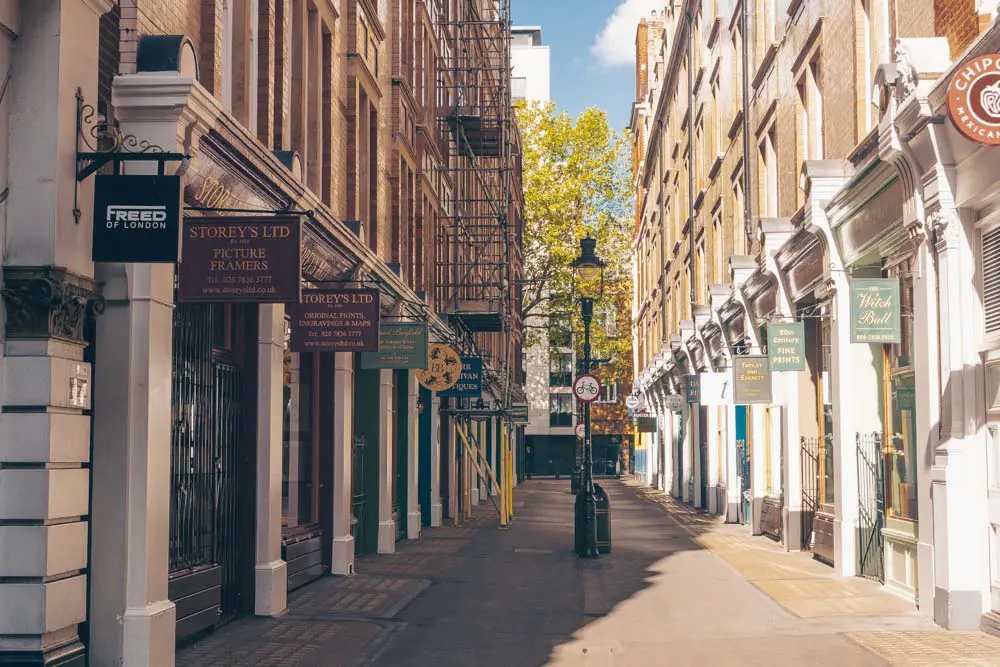Just around the corner from bustling Covent Garden, you’ll find one of the area’s quieter curiosities: Cecil Court.
At first glance, you may think you’ve stepped back in time – with its antiquarian bookshops, faded facades and gas lamps, Cecil Court doesn’t quite fit with the buzzy 21st century London that’s engulfed it.
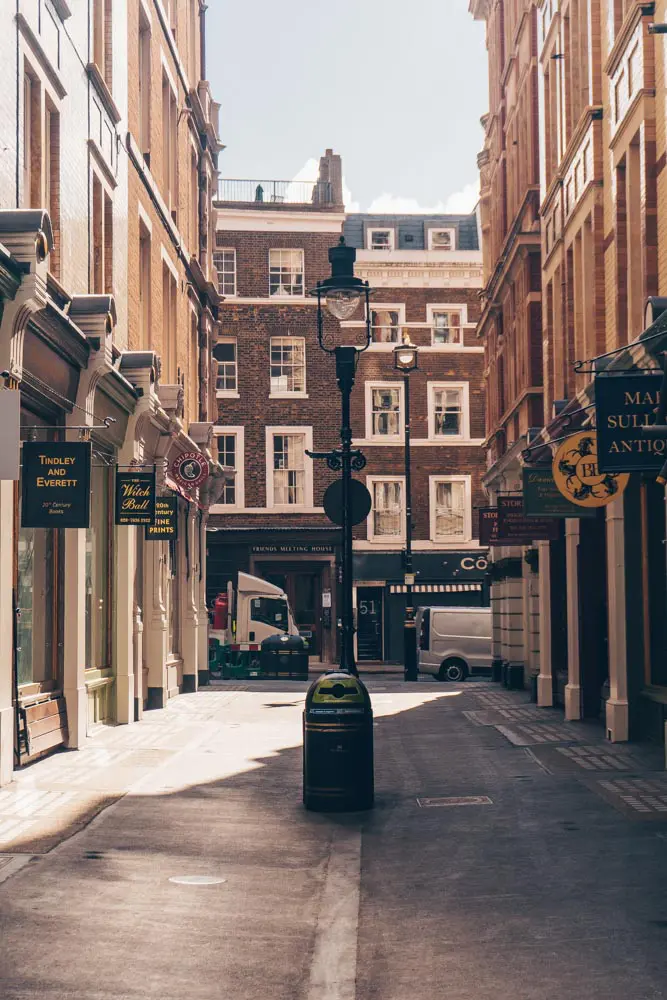
I have to admit, I’d walked past Cecil Court countless times without taking a moment to explore.
My mistake. It was only when researching a recent piece on Harry Potter in London (I’ll explain the connection anon) that I found this quirky London gem hidden in plain sight.
Why Should You Visit?
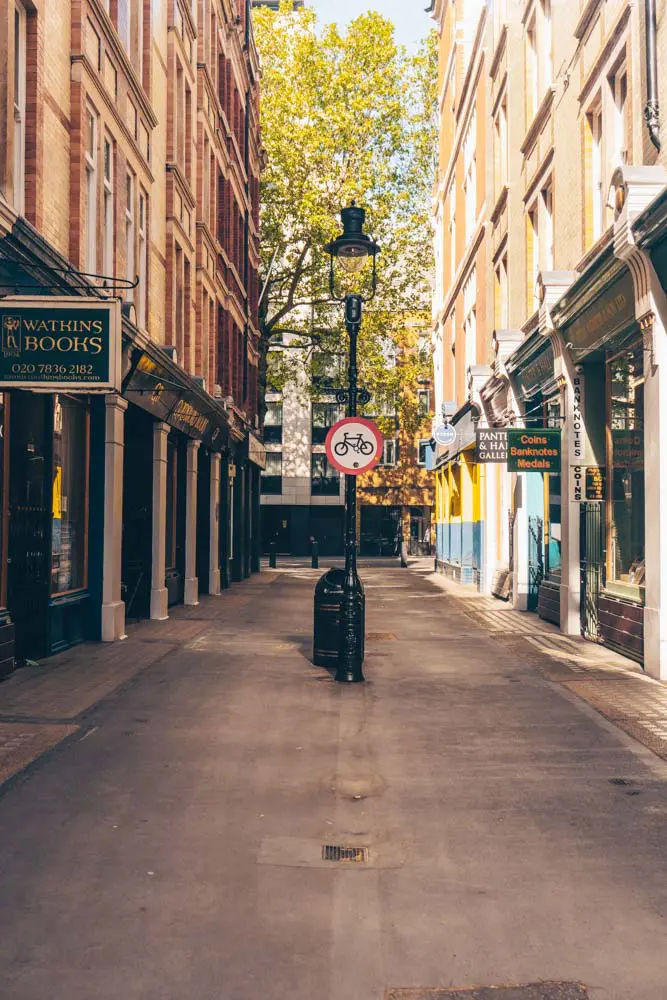
We have to admit, we’d walked past Cecil Court countless times without taking a moment to explore.
Our mistake. It was only when researching a recent piece on Harry Potter in London (we’ll explain the connection anon) that we found this quirky London gem hidden in plain sight.
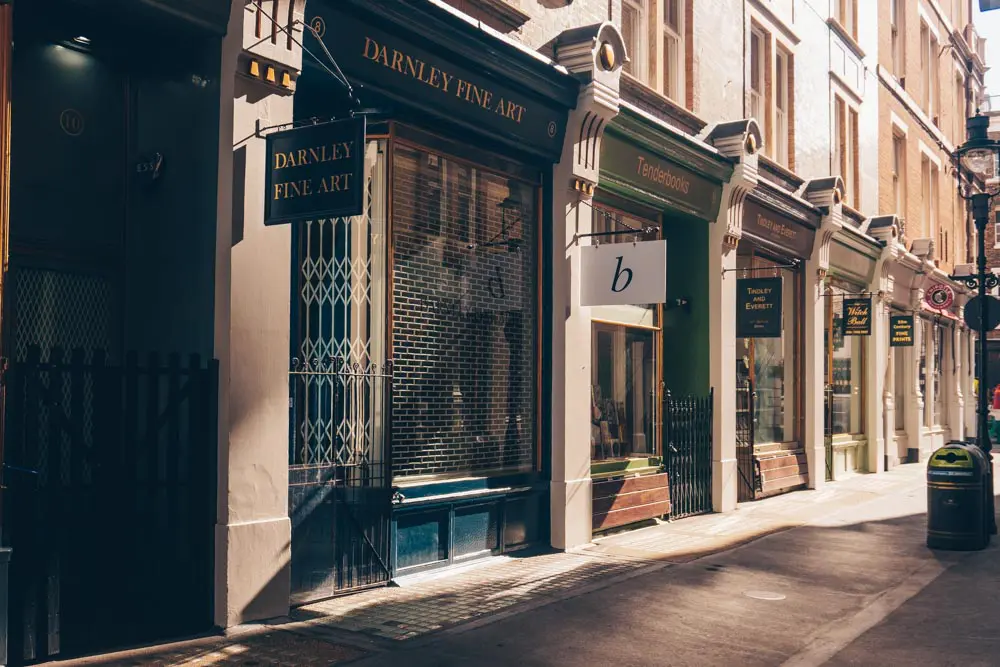
Even the world-famous bookshop Foyles, now based on Charing Cross Road, had its humble beginnings here on Cecil Court.
Today, it remains a book-lover’s dream. There are around 20 secondhand and antiquarian bookshops housed in small, musty stores – each one brimming with the possibility of stories and knowledge yet unknown.
You’ll also find the alley home to several antiques shops full of trinkets that elevate that feeling of having stepped into another world to a whole new level. If we’re honest it’s hard not to imagine yourself exploring Diagon Alley when you’re nosing around this part of London.
Cecil Court – Inspiration for Harry Potter?

I hinted that there was a potential connection between Cecil Court and Harry Potter then totally left you hanging without more detail. How rude.
With its higgledy-piggledy shops and muted atmosphere, it’s not hard to see why Cecil Court is thought to have inspired the famous Diagon Alley in JK Rowling’s Harry Potter series.
Not only does the lane have a not quite of this world aura to it, but it also boasts a proliferation of shops about magic and the occult including one rather fittingly named The Witch Ball.
In Harry Potter and the Philosopher’s Stone, Harry and Hagrid walk down Charing Cross Road to reach the entrance to Diagon Alley. Is the fact that you’ll find Charing Cross Road at one end of Cecil Court a coincidence? Perhaps not.
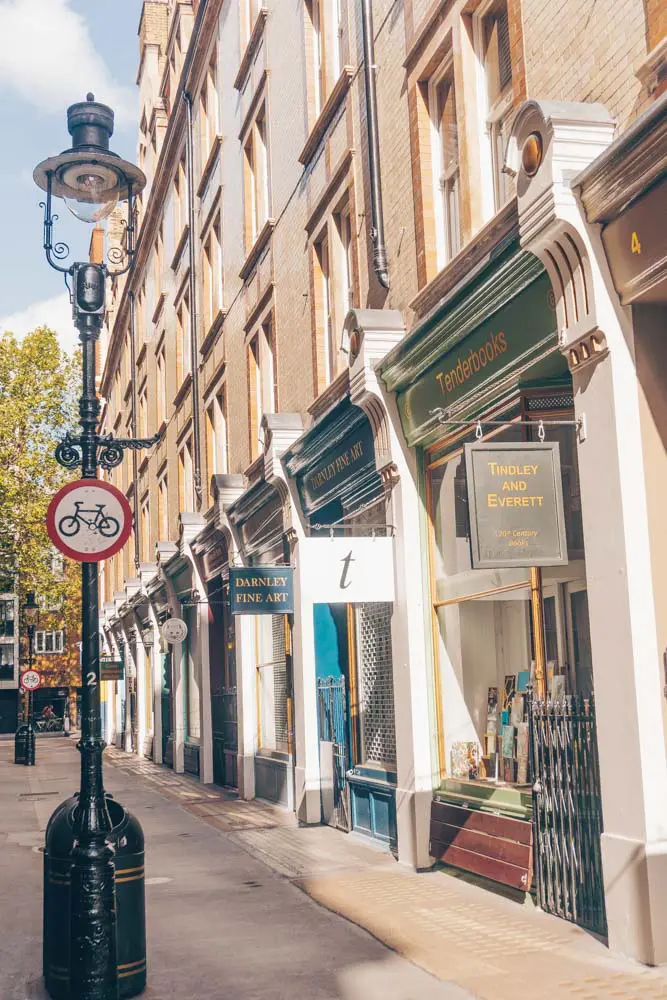
We should say that many people believe the inspiration for Diagon Alley to be the much quieter and smaller Goodwin’s Court around the corner.
If you have the time, go and see to decide for yourself.
Aside from its connection to the Harry Potter books, Cecil Court also makes a number of appearances in films – including Miss Potter (2006) and 84 Charing Cross Road (1987).
A Brief History of Cecil Court
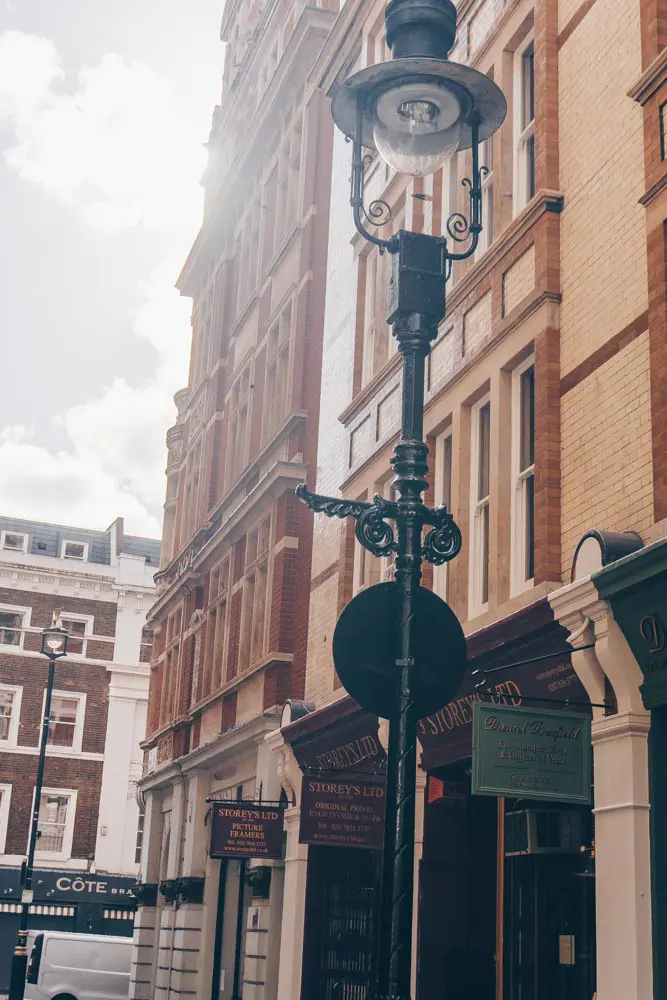
One of the oldest passages in Covent Garden, Cecil Court dates to the end of the 17th century, with the very first booksellers moving in shortly after in 1704.
The land was originally an empty plot but was built upon to fill a space between St Martin’s Lane and Leicester Square as London began to expand westwards (strange to think that what is now bustling Covent Garden was once just fields on the edge of the city).
This land was actually owned by the Cecil family, which is where the court gets its name. The Cecils were a noble family of earls that descended from Robert Cecil, the man who oversaw the transition of power from the Tudors to the Stewarts on the English throne.
Unfortunately, it wasn’t long before a large section of it was burnt to the ground in 1735 – part of a suspected insurance fraud committed by a brandy shop/brothel owning tenant called Mrs Colloway. What sauce.
It was rebuilt, and for a short time in 1764, the young prodigy Wolfgang Amadeus Mozart called it his home as he toured Europe with his family. He was lodging with one of the barbers of Cecil Court and performing, among others, for King George III (as you do when you’re eight).
Notable scholars have actually pointed out that it is highly likely Mozart actually composed his first symphonies while living in Cecil Court. Keep an eye open and you’ll see the plaque commemorating his lodgings at number 9.
The court itself looked very different prior to 1889, when it was widened and realigned – the original would have looked a lot more like Goodwin’s Court around the corner.
Later, right at the end of the 19th century, Cecil Court became a hub for the burgeoning film industry with many early film makers and distributors basing themselves there and giving it the nickname “Flicker Alley”.
As the 20th century progressed, the filmmakers moved out and more booksellers moved in, creating the Cecil Court we know today.
Practical Information
- Address: Cecil Court, Covent Garden, WC2N 4EZ
- Nearest Underground Stations: Covent Garden, Charing Cross and Leicester Square.
- If you’re hungry there are plenty of great places to eat nearby. Covent Garden is your best bet. It’s got some of London’s finest dining spots all within a short walk of each other. Should you feel like a light refreshment there’s also plenty of bars.
- If you can’t get enough of London’s secret alleyways there’s plenty more to explore nearby, Goodwin’s Court for one. That’s the place we mentioned above that may also be the inspiration for Diagon Alley in Harry Potter.
- If you feel up for a stroll, you can also find Emerald Court about a 20 minute walk away in Holborn – that’s London’s narrowest alley.

